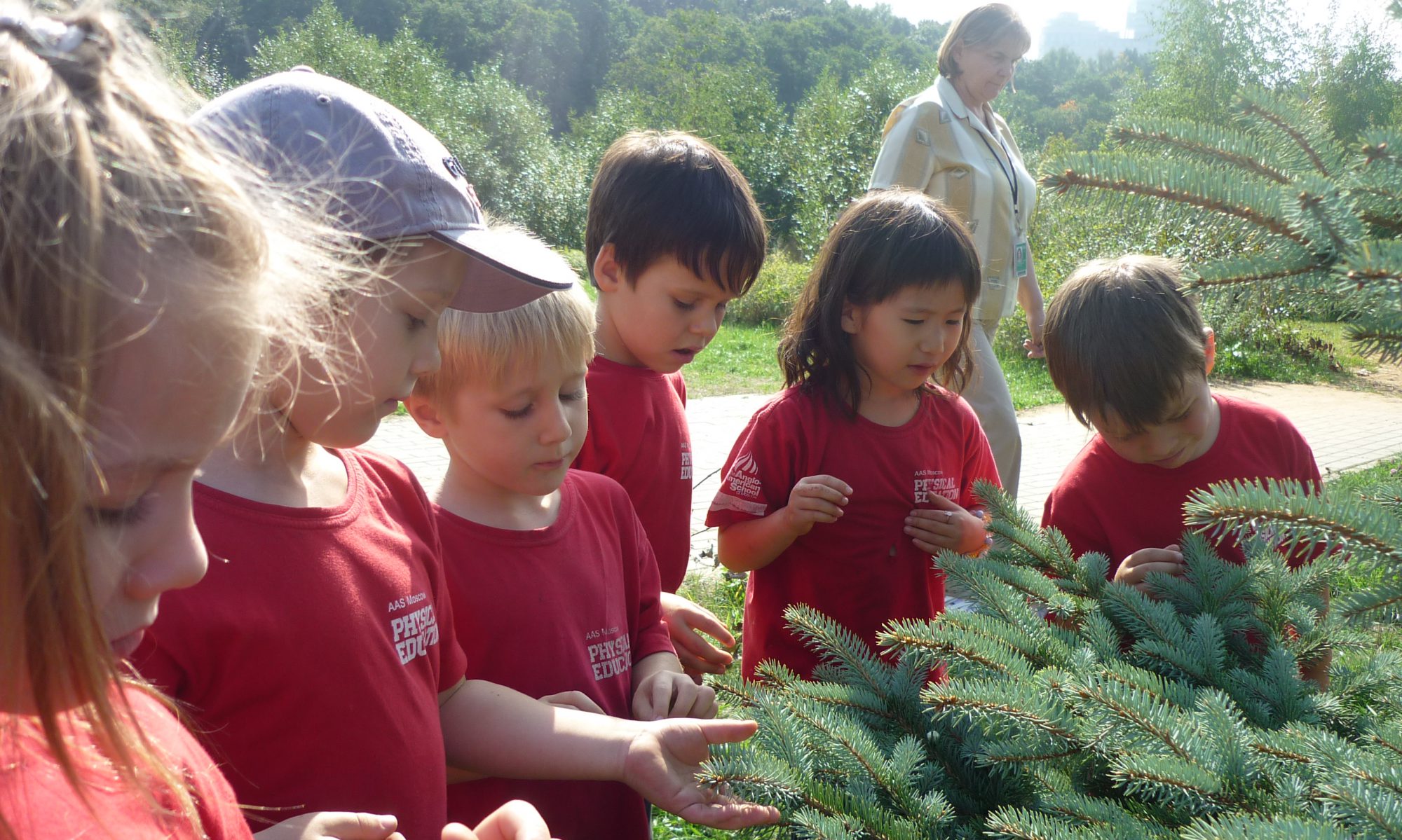The following video document part of the inquiry cycle that KZE students went through during their personal inquiry journey. One day, Ms. Tasha read us the story of “How to Catch a Star” by Oliver Jeffers. After the story, through discussions, individual questions emerged. These wonders motivated students to go into deeper investigation. They came up with a plan/strategy to try to find out answers, they adjusted their thinking after trying, they presented their findings proudly. After reflection, they all agreed that they enjoyed the process. They became more confident on finding out more unknowns. They are very excited about where their next inquiry journey will take them.
https://animoto.com/play/4XFL0MvEdUVhAKF6tZnMOg



 KZE students had a conversation about what we need when we go swimming. This conversation led to more discussions about the concept of “Need”. Students drew pictures of things they think they need. Then we sorted the pictures into several categories. We decided that some categories are important, but some we are not so sure about. We will continue to find out…
KZE students had a conversation about what we need when we go swimming. This conversation led to more discussions about the concept of “Need”. Students drew pictures of things they think they need. Then we sorted the pictures into several categories. We decided that some categories are important, but some we are not so sure about. We will continue to find out…
